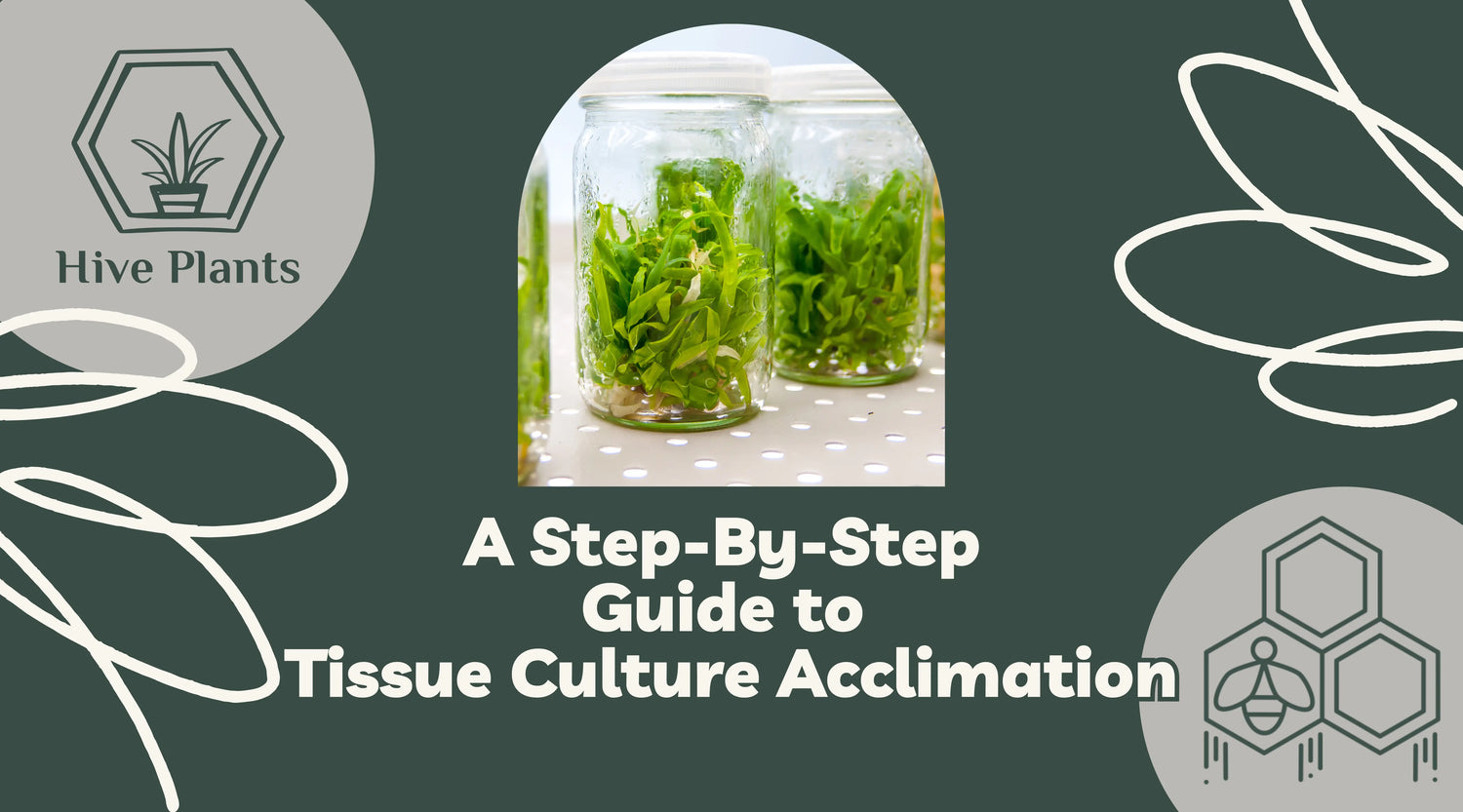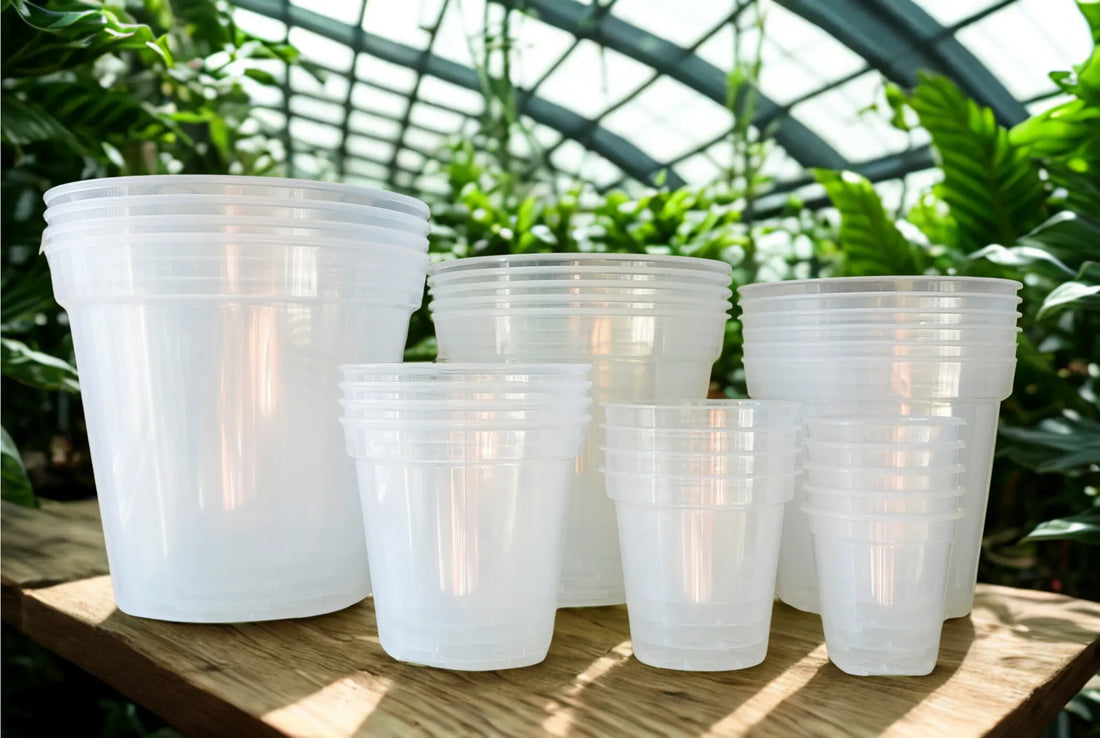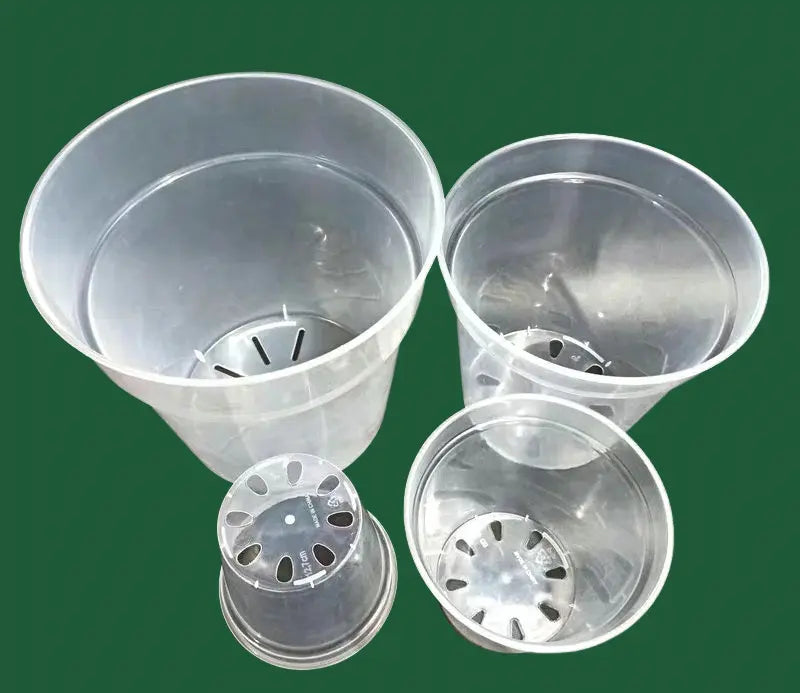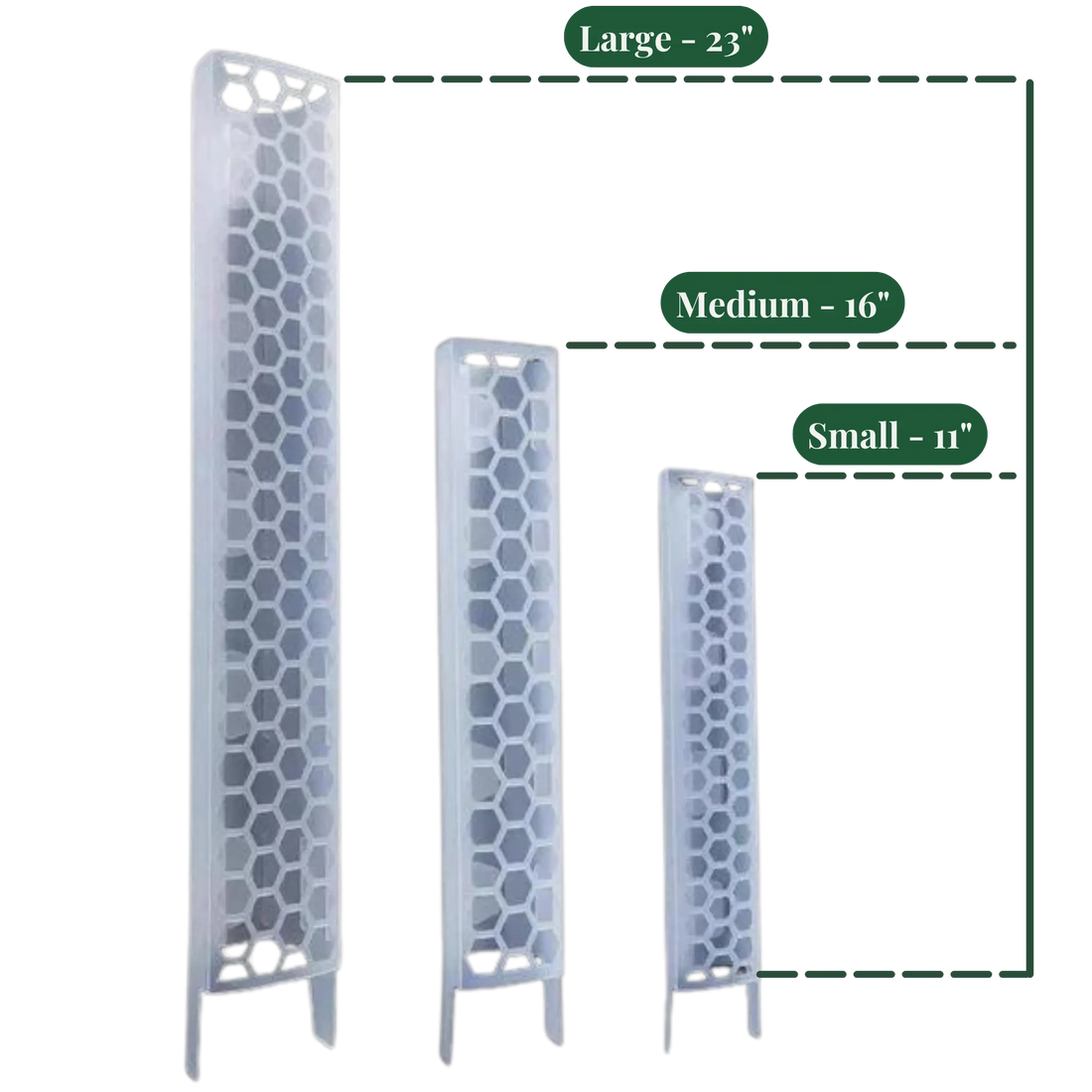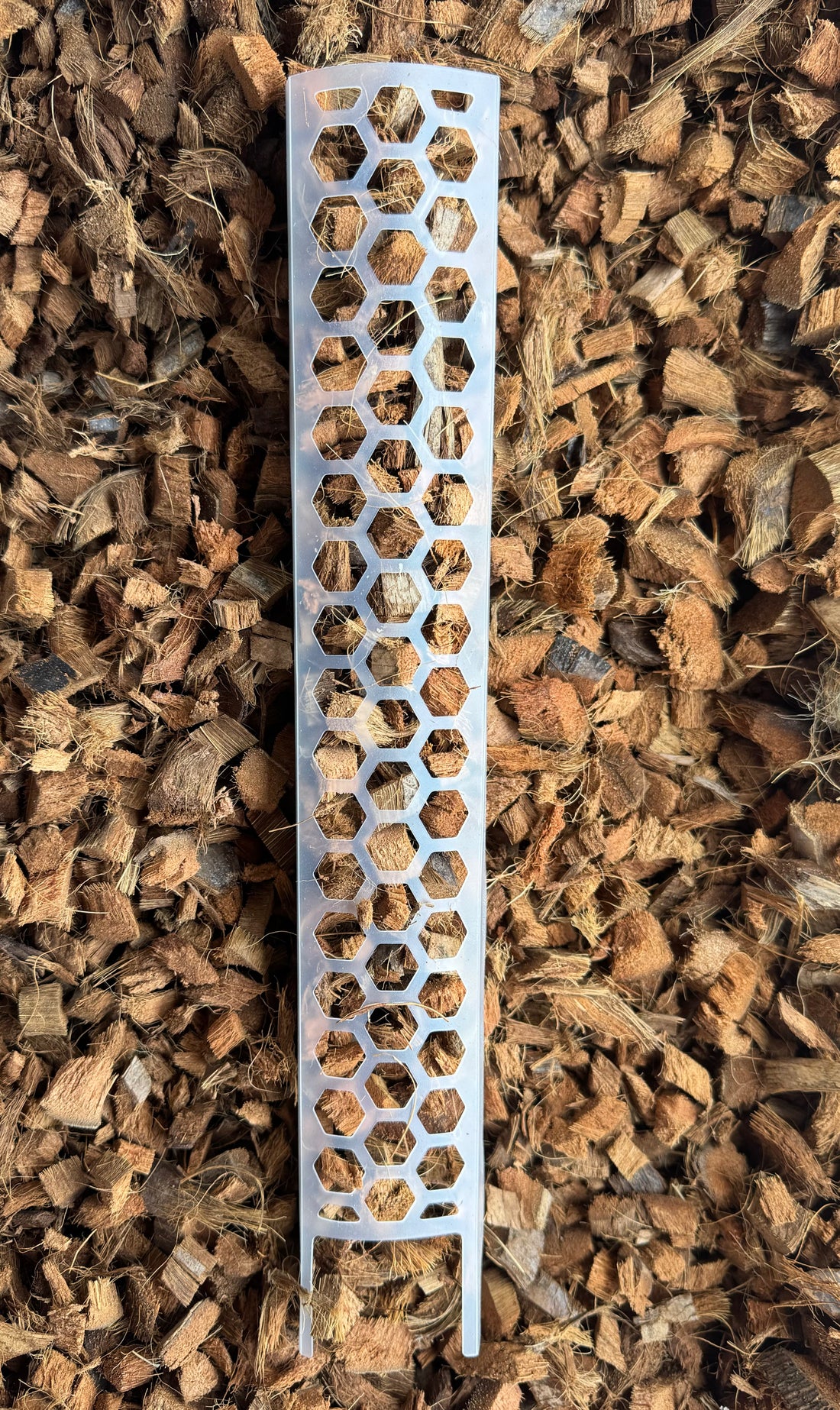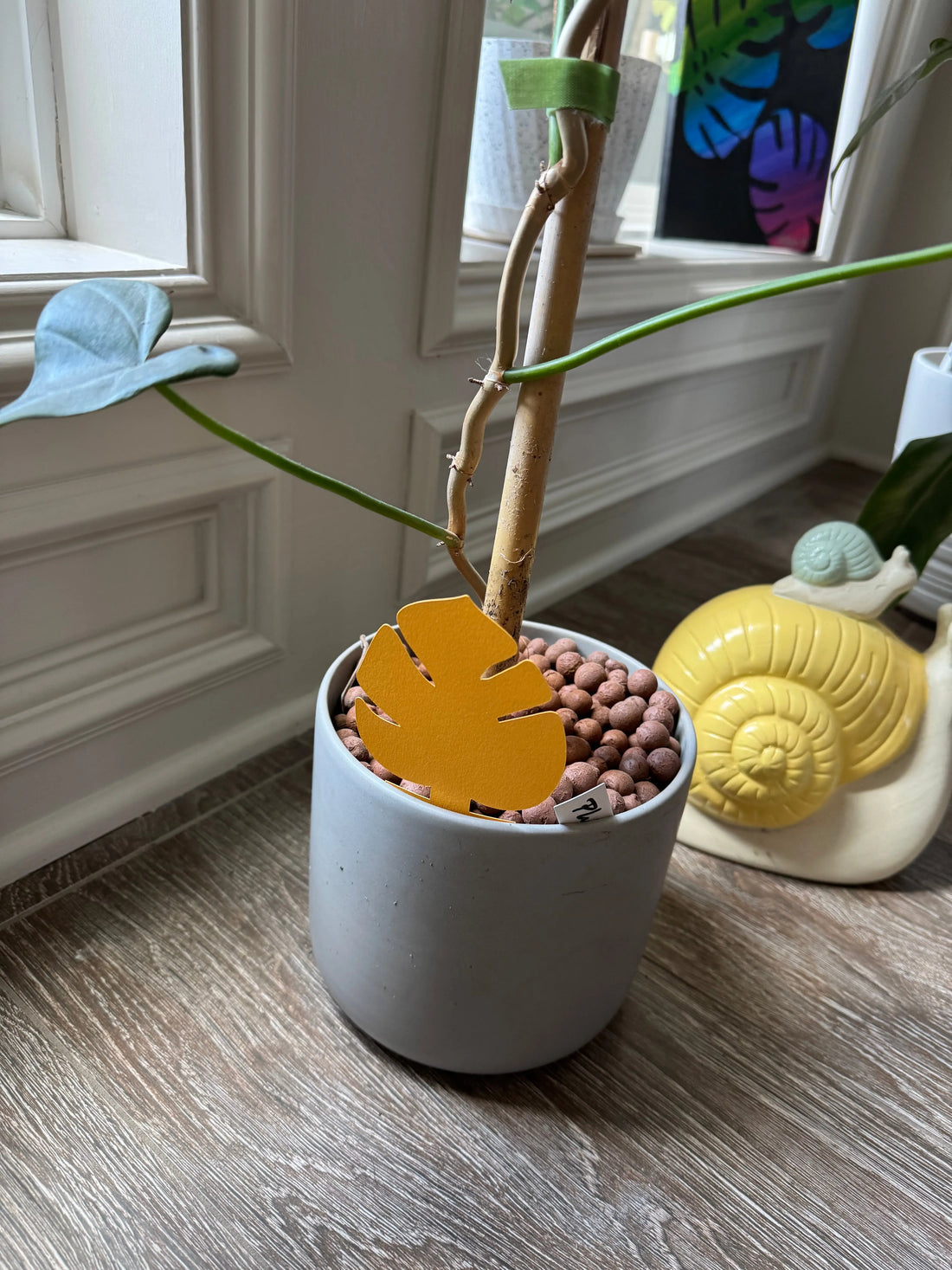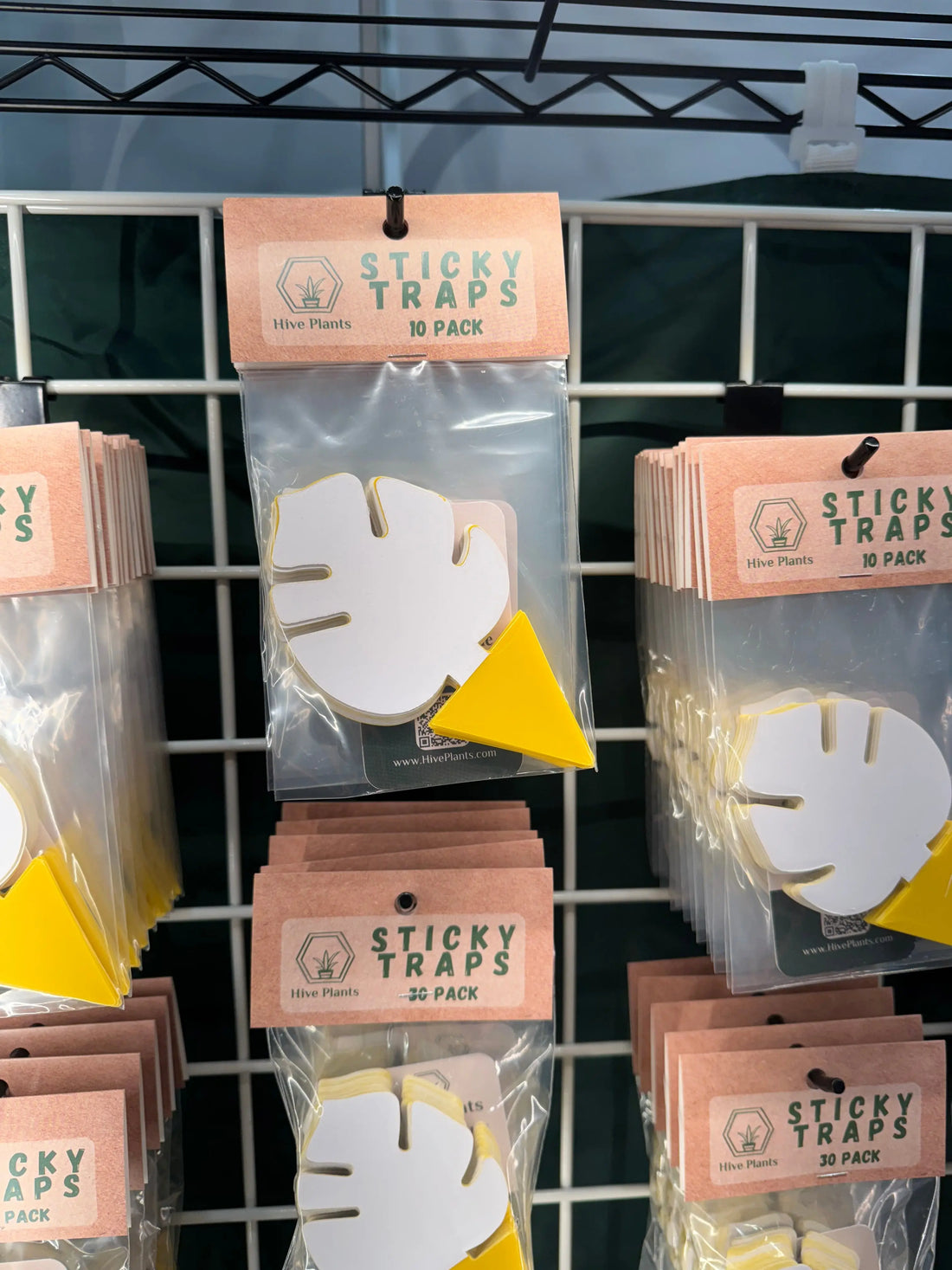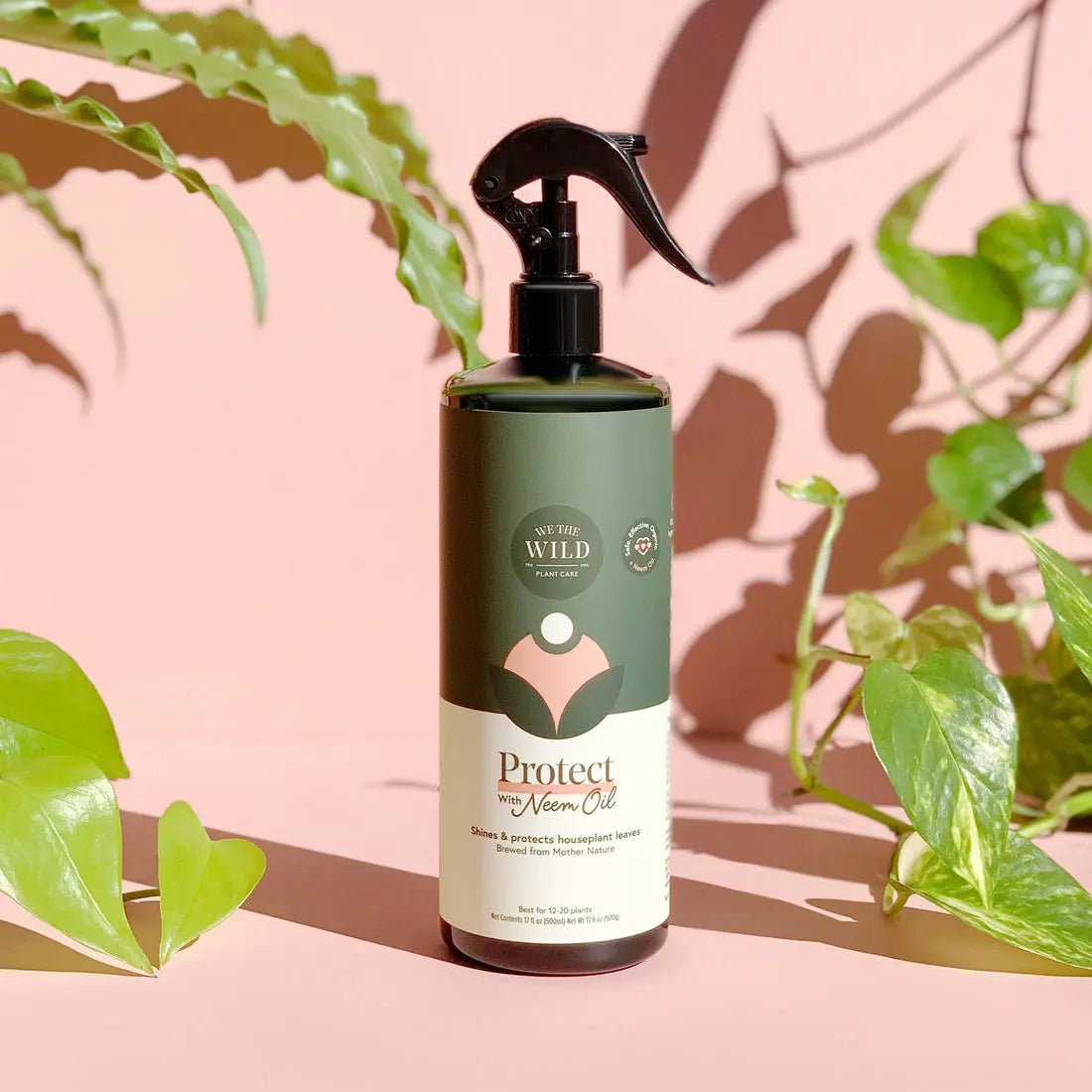Dieffenbachia, commonly known as "Dumb Cane," is a popular houseplant cherished for its lush foliage and air-purifying qualities. This tropical beauty is relatively low-maintenance but rewards its caregivers with vibrant, variegated leaves. In this comprehensive care guide, we'll explore the key aspects of Dieffenbachia care to ensure your plant thrives.
Light
Dieffenbachia prefers bright, indirect light. Avoid direct sunlight, as it can scorch its leaves. Place your plant near a north or east-facing window where it can receive filtered sunlight. In lower light conditions, the growth may slow down, so keep an eye on your plant and adjust its location accordingly.
Water
Maintaining the right moisture level is crucial. Allow the top inch of soil to dry out before watering. Ensure proper drainage in the pot to prevent waterlogged roots, which can lead to root rot. Water moderately, keeping the soil consistently moist but not soggy. Reduce watering in the winter when the plant's growth slows.
Temperature & Humidity
Dieffenbachia thrives in temperatures between 65°F to 75°F (18°C to 24°C). Avoid exposing it to drafts, cold air, or sudden temperature drops. This plant enjoys moderate to high humidity levels. To increase humidity, mist the leaves regularly, use a humidity tray, or place a humidifier nearby. Proper humidity helps prevent leaf browning.
Soil
Use a well-draining, peat-based potting mix with added perlite or vermiculite for extra aeration. A slightly acidic to neutral pH soil (pH 6-7) is ideal for Dieffenbachia. Repot every 2-3 years or when the plant becomes root-bound.
Re-Potting
When repotting, choose a container that's 1-2 inches larger in diameter than the current one. Gently remove the plant from its pot, inspect the roots, and trim any damaged or rotted sections. Add fresh soil and place the plant at the same level it was before. Water thoroughly after repotting.
Fertilization
During the growing season (spring and summer), feed your Dieffenbachia every 4-6 weeks with a balanced, water-soluble fertilizer. Reduce or stop fertilizing in the fall and winter when the plant's growth slows down. Follow the package instructions for dilution and application.
Not Pet Safe
Dieffenbachia contains calcium oxalate crystals, which can be toxic to pets if ingested. Keep it out of reach of curious cats and dogs, or consider placing a barrier like a plant stand around it. If you suspect your pet has ingested any part of the plant, contact a veterinarian immediately.
Common Problems
Syngoniums can face a few common issues:
- Brown Tips: Brown leaf tips can result from underwatering, low humidity, or fluoride in water. Adjust your watering schedule, increase humidity, and consider using distilled water.
- Yellowing Leaves: Overwatering or insufficient light. Adjust your watering routine and provide more indirect light.
- Drooping Leaves: This is often a sign of overwatering. Check the soil moisture and reduce watering if necessary.
- Pests: Mealybugs and spider mites can occasionally infest dieffenbachia. Inspect your plant regularly, and treat any infestations promptly with insecticidal soap or neem oil.



